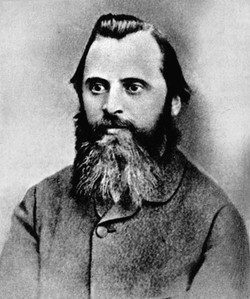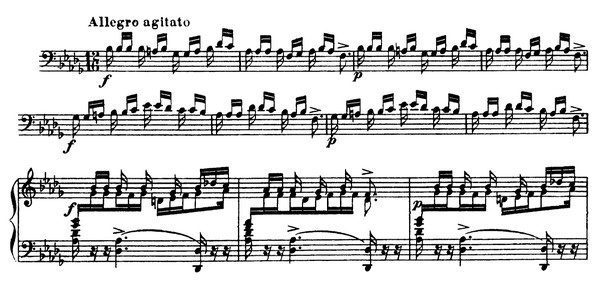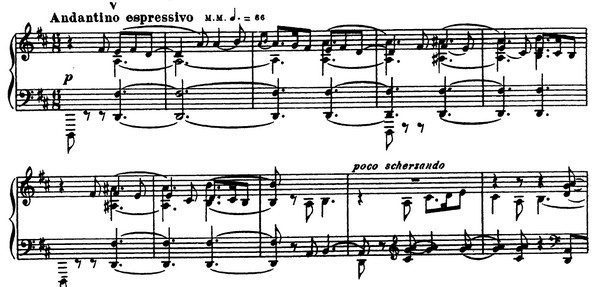
Balakirev’s piano work
Contents
Balakirev is one of the representatives of the “Mighty Handful,” a musical community that united the most talented and progressive people of their time. The contribution of Balakirev and his associates to the development of Russian music is undeniable; many traditions and techniques of composition and performance continued to be improved in the work of the composer galaxy of the late 19th century.
Royal is a faithful ally

Mily Alekseevich Balakirev – Russian composer and pianist
Mily Balakirev in many ways became the successor of Liszt’s traditions in piano work. Contemporaries noted his extraordinary manner of playing the piano and his impeccable pianism, which included virtuoso technique and deep insight into the meaning of what was played and stylistics. Despite the fact that many of his later piano works have been lost in the dust of centuries, it was this instrument that allowed him to make a name for himself at the very beginning of his creative career.
It is very important for a composer and performer at an early stage to get the opportunity to show their talent and find their audience. In the case of Balakirev, the first step was to perform a piano concerto in F sharp minor on the university stage in St. Petersburg. This experience allowed him to attend creative evenings and opened the way to secular society.
Piano heritage overview
Balakirev’s piano work can be divided into two spheres: virtuoso concert pieces and salon miniatures. Balakirev’s virtuoso plays are, first of all, adaptations of themes from the works of Russian and foreign composers, or the development of folk themes. His pen includes adaptations of Glinka’s “Aragonese Jota”, his “Black Sea March”, Cavatina from Beethoven’s quartet, and Glinka’s well-known “Song of the Lark”. These pieces received the vocation of the public; they used the richness of the piano palette to their full potential, and were full of complex technical techniques that added brightness and a sense of excitement to the performance.
Concert arrangements for piano 4 hands are also of research interest, these are “Prince Kholmsky”, “Kamarinskaya”, “Aragonese Jota”, “Night in Madrid” by Glinka, 30 Russian folk songs, Suite in 3 parts, the play “On the Volga”.
Characteristics of creativity
Perhaps the fundamental feature of Balakirev’s work can be considered an interest in folk themes and national motifs. The composer not only thoroughly became acquainted with Russian songs and dances, then weaving their motifs into his work, he also brought themes from other nations from his travels. He especially liked the melody of the Circassian, Tatar, Georgian people, and the oriental flavor. This trend did not bypass Balakirev’s piano work.
“Islamey”
Balakirev’s most famous and still performed work for piano is the fantasy “Islamey”. It was written in 1869 and performed at the same time by the author. This play was a success not only at home, but also abroad. Franz Liszt highly appreciated it, performing it in concerts and introducing it to his many students.
“Islamey” is a vibrant, virtuoso piece that is based on two contrasting themes. The work begins with a single-voice line, with the theme of a Kabardian dance. Its energetic rhythm gives elasticity and a sense of continuous development of the musical material. Gradually the texture becomes more complex, enriched with double notes, chords, and martellato techniques.

Having reached the climax, after a poetic modulation transition, the composer gives a calm oriental theme, which he heard from a representative of the Tatar people. The melody winds, enriched with ornamentation and alternating harmonies.

Gradually reaching the peak, the lyrical feeling breaks off the pressing movement of the original theme. The music moves with increasing dynamics and complexity of texture, reaching its apotheosis at the end of the piece.
Lesser known works
Among the composer’s piano heritage, it is worth noting his piano sonata in B-flat minor, written in 1905. It consists of 4 parts; among the features characteristic of Balakirev, it is worth noting the rhythms of the mazurka in part 2, the presence of virtuoso cadenzas, as well as the dance character of the finale.
A less striking part of his piano heritage consists of individual salon pieces of the late period, including waltzes, mazurkas, polkas, and lyric pieces (“Dumka”, “Song of the Gondolier”, “In the Garden”). They did not say a new word in art, only repeating the author’s favorite compositional techniques – variational development, melody of themes, harmonic turns used more than once.
Balakirev’s piano work deserves the close attention of musicologists, as it bears the imprint of the era. Performers can discover pages of virtuoso music that will help them master the art of technique at the piano.



